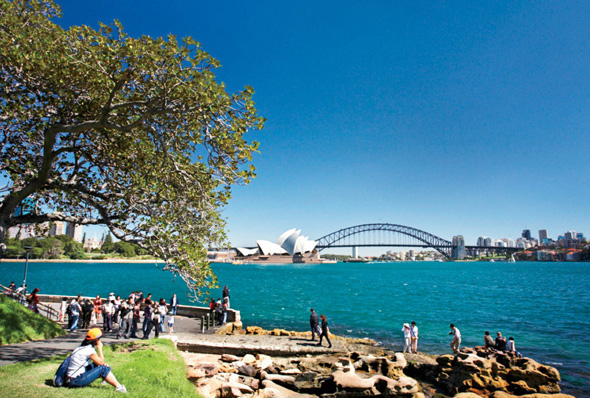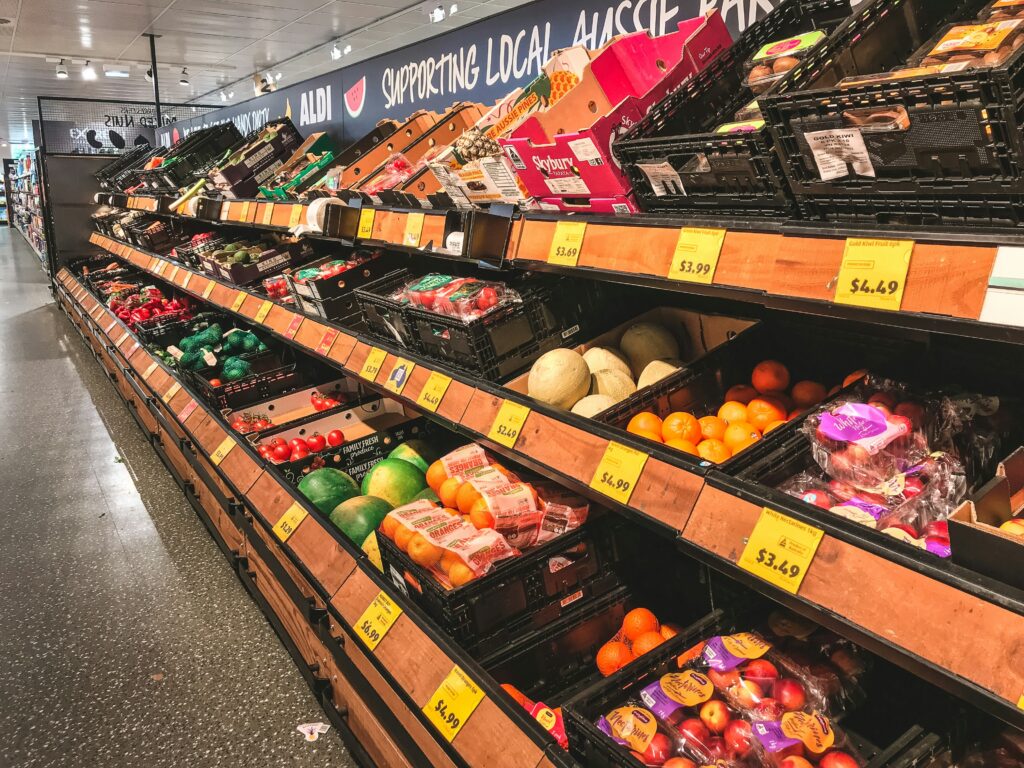Australia consistently ranks among the world’s most livable countries, making it a top destination for those seeking to study, work, or settle down.
However, starting a new life in Australia involves navigating several important steps to ensure a smooth transition and to fully access the benefits available to residents and migrants. Below is an updated and expanded guide to essential tasks for new arrivals.

Essential steps for starting life in Australia
1. Apply for a Tax File Number (TFN)
A Tax File Number (TFN) is a unique personal reference number used for tax and superannuation purposes. You need a TFN to work, open a bank account, apply for government benefits, and lodge your tax return.
How to Apply:
- Apply online via the Australian Taxation Office (ATO) if you are an Australian resident, citizen, or eligible visa holder.
- You may also apply at participating Australia Post offices. Gather your identity documents and attend an interview if required.
- Applications are free, and you should receive your TFN within 28 days.
- If you already have a TFN but forgot it, you can retrieve it via your myGov account or on official tax documents.
- Not having a TFN means higher tax rates and limited access to government services.
For more details, visit the ATO website.

2. Enroll in Medicare
Medicare is Australia’s public healthcare system, providing access to free or subsidized medical services, hospital care, and prescription medicines.
- Eligibility: Permanent residents, citizens, and some temporary visa holders from countries with reciprocal healthcare agreements.
- How to Enroll: Visit a Medicare office with your passport and travel documents.
- What’s Covered: Doctor visits, hospital treatment, and some medicines. Dental, ophthalmology, and ambulance services are generally not included.
3. Open a bank account
Most employers pay salaries directly into Australian bank accounts.
- When to open: Within six weeks of arrival, as requirements are simpler during this period.
- What you need: Passport and other identification documents. After six weeks, additional proof of address or identification may be required.
4. Register with Centrelink
Centrelink provides social security payments and services, including job-seeking assistance and family support.
- Eligibility: Generally for citizens and permanent residents; newly arrived migrants may have waiting periods for some benefits.
- What’s Offered: Job search support, study assistance, and family payments.
5. Improve your English
Proficiency in English is crucial for employment, education, and daily life.
- Support: Newly arrived migrants may be eligible for free or subsidized English language courses.
6. Enroll children in school
Schooling is compulsory for children aged 6 to 16 (age requirements may vary by state).
- How to Enroll: Contact your local public or private school with your child’s passport, visa, and immunization records.
7. Obtain a driver’s license
A valid driver’s license is necessary for legal driving in Australia.
- Process: Pass vision, knowledge, and practical driving tests.
- International Licenses: Permanent residents can drive with an overseas license for up to three months after arrival; after that, an Australian license is required.
Additional considerations
Housing and cost of living
Australia’s cities are highly livable but can be expensive, especially in Sydney and Melbourne. Housing affordability is a growing concern, with prices rising faster than incomes in recent decades. New arrivals should budget carefully and explore different suburbs or regional areas for more affordable options.
Superannuation (Retirement Savings)
When you start work, your employer will contribute to your superannuation fund. You can choose your own fund or use your employer’s default.
Emergency Services and Safety
Dial 000 for police, fire, or ambulance emergencies. Australia is generally safe, but it’s important to be aware of local laws and safety guidelines.
Community and Support Services
Many community organizations offer settlement support, legal advice, and cultural programs for migrants and refugees.